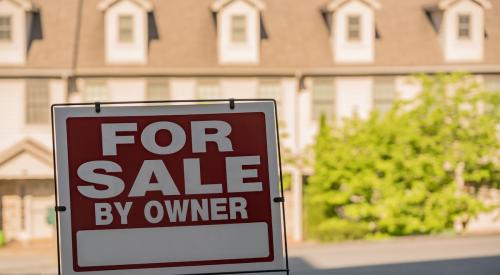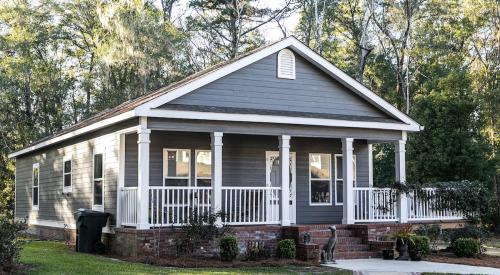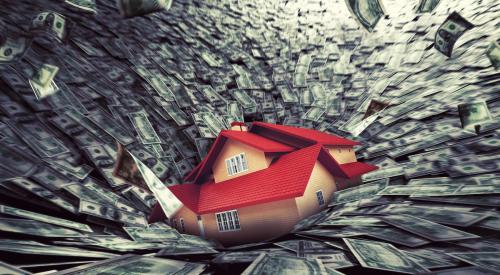Can the ultimate seller’s market last? How much longer will first-time home shoppers lose their bids to investors and the wealthy who offer more than the listing price and pay in cash? As prognosticators look ahead, one universal observation is the real estate market already had super-heated price appreciation and low inventory before the pandemic, and the factors that created this market will persist to some degree.
“We have to realize that the market is a bit broken,” says Ali Wolf, chief economist at building consultancy Zonda. “Time will help get more inventory to the market. But [that] doesn’t mean a year. This means over the next three to five years we’re going to see things get back to normal.”
No forecaster interviewed by Realtor.com expects a drastic decline in selling prices like what occurred during the onset of the Great Recession, but an increase in all-time low mortgage rates could keep home prices in check as most buyers have a limit on their budgets for a monthly mortgage payment
“Home prices have grown notably this year, and that’s making homes less affordable,” says Danielle Hale, Realtor.com chief economist. At some point, prices won’t be able to continue rising by so much, because there won’t be enough buyers who can afford to become homeowners.
“It’s not a problem yet because mortgage rates have been so low, but we’re approaching a point where lack of affordability could cause home price growth to slow,” adds Hale. “That’s especially true if mortgage rates also start to rise.”
Despite gains in construction, the housing shortage is another factor that will linger. New home builders have been unable to make up the difference as the industry contends with rising material costs and finding and holding onto skilled labor. Some builders also are holding back on sales to manage their production pipeline. To get back to normal, Robert Dietz, chief economist for the National Association of Home Builders says, builders would need to put up about 1.4 million single-family homes a year.
That “would require hundreds of thousands of additional construction workers,” Dietz says. “While it’s been done in the past, it’s hard to imagine adding workers so quickly.”













